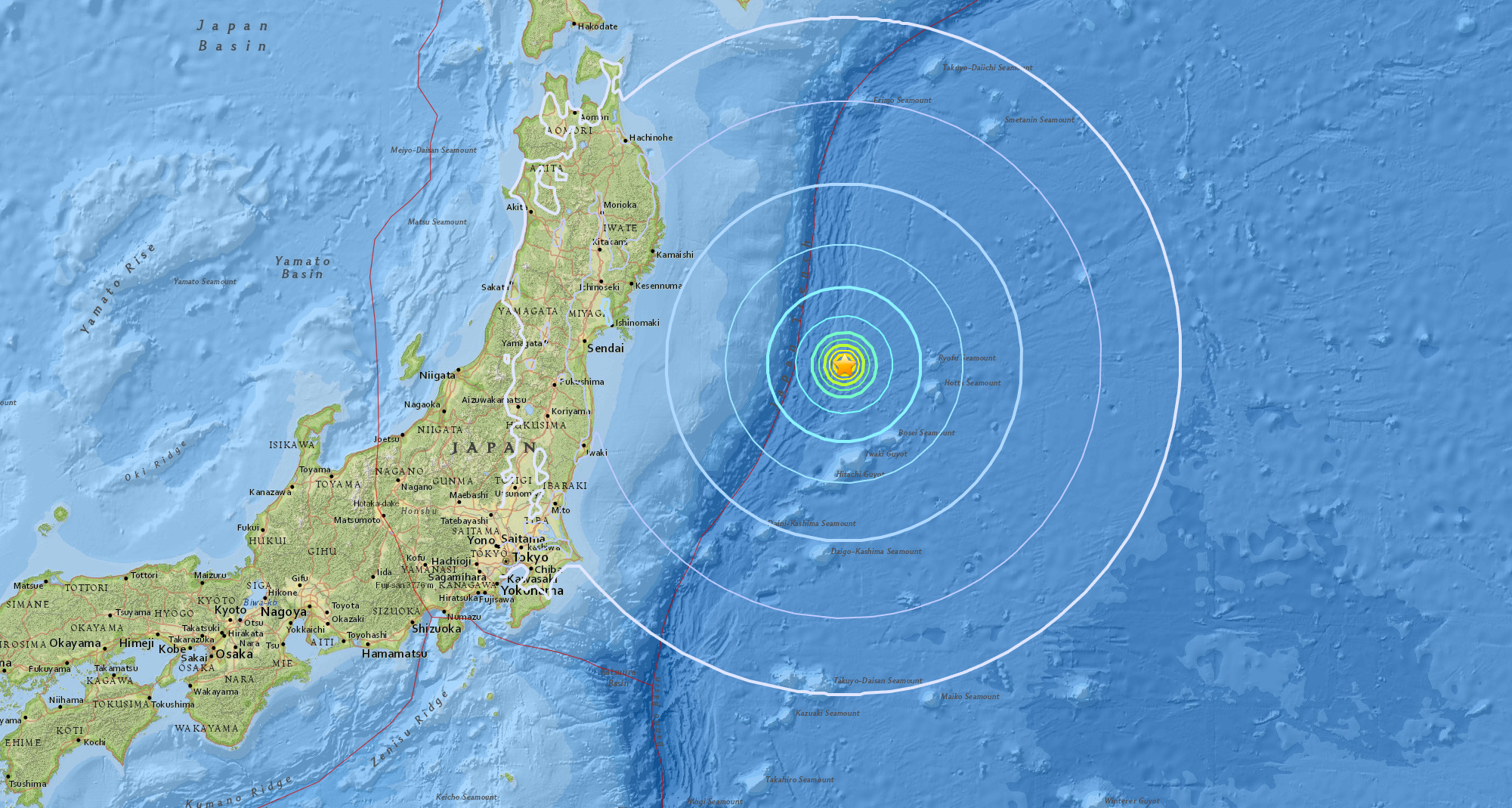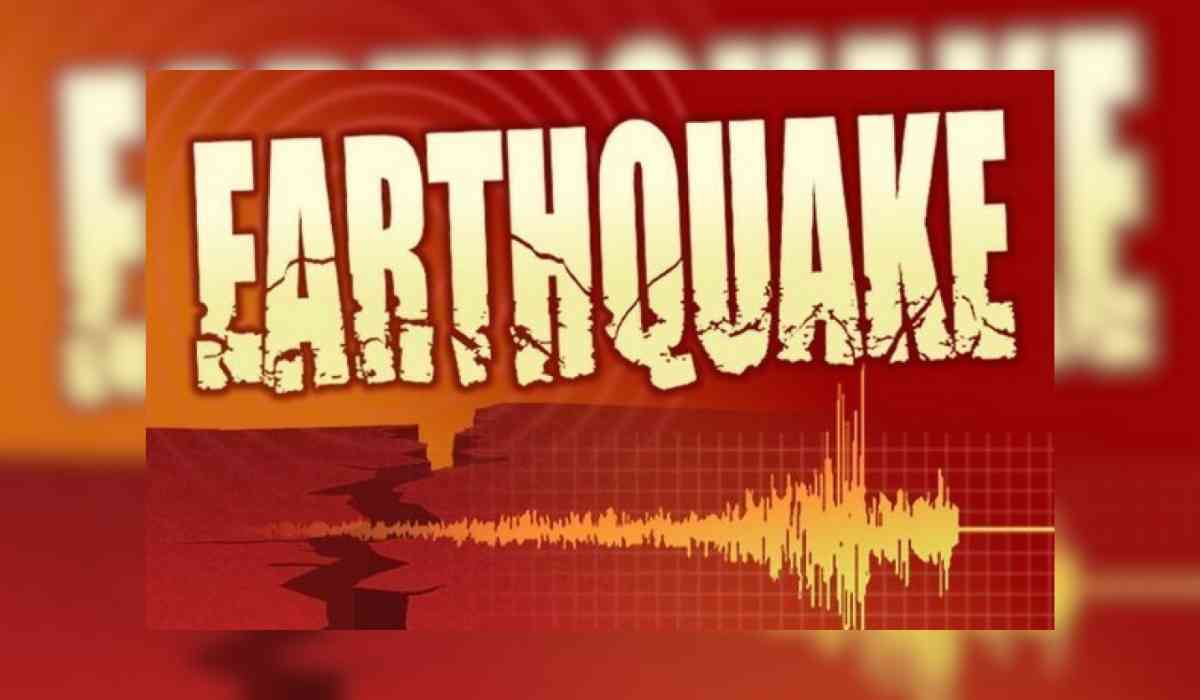On October 6, Japan's Izu Islands experienced a powerful magnitude 6.1 earthquake, as reported by the European Mediterranean Seismological Centre (EMSC). The quake occurred at a depth of 10 km (approximately 6.21 miles), according to EMSC.

Following this seismic event, Japan issued a tsunami advisory on October 9 due to another earthquake near its remote Pacific Ocean islands. Authorities had expressed concerns that a potential tsunami, reaching up to one meter in height, could occur.
This advisory, falling under the second-lowest level of a four-stage warning system, urged residents of the Izu chain of islands, located to the south of the Tokyo region on Japan's main island of Honshu, to avoid coastal areas and river mouths.

The Japan Meteorological Agency reported that a magnitude 6.6 offshore earthquake occurred later that Thursday morning in the same area, at a depth of 10 kilometers (approximately 6 miles). While this earthquake was not felt on the islands or in the Tokyo region, the meteorological agency cautioned that coastal areas of the islands could experience a tsunami as high as 1 meter (3.2 feet). A small tsunami of around 30 centimeters (1 foot) was observed in the Yaene area on Hachijo Island, as reported by the agency.
Japan is well-known for its susceptibility to earthquakes, and it has a history of seismic activity. A significant earthquake in 2011 resulted in a devastating tsunami that caused extensive damage in northern Japan and led to a nuclear meltdown at the Fukushima nuclear plant.
© Copyright 2023. All Rights Reserved Powered by Vygr Media.

























